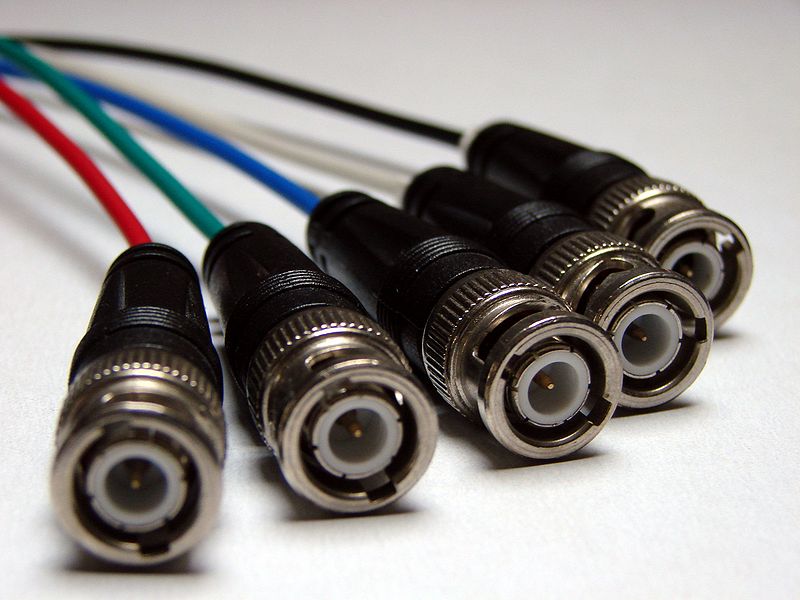October 3, 2014
Each and every day I receive LinkedIn invites to join other people’s networks. Sometimes, the volume of these invites can be overwhelming. But because I find that LinkedIn offers great value to my career and business, I work to perform due diligence and practice care in accepting these invitations to connect.
Many of us have developed our own informal criteria for accepting (or not accepting) LinkedIn invites. I know I have. What interests me most, however, is how others view the decision to connect. What criteria do they use? So, I worked with my staff to take an informal poll here at Didit regarding when and how you should accept LinkedIn invites.
Two opposing views emerged from my informal polling:
View 1: I’m only as good as my network
These folks carefully curate their networks, limiting them to those contacts who are most useful and relevant. Small is good. One benefit of this approach is tight control of the content that comes into their feed.
View 2: The more friends, the better
These folks connect with everyone on LinkedIn, in order to have as large a network as possible. They want the most content and the widest reach.
Whichever camp our respondents were in, it appears that the following criteria are most important in the invitation acceptance process:
- Relevancy. Generally, folks only connect if the invite directly matters to them. Top-noted relevant connection requests were from professional colleagues, recruiters, old friends, and possible business prospects.
- Someone known personally (off line). Offline familiarity transcends professional utility. Knowing someone personally and having a pre-existing relationship seems to be the ultimate form of Linkedin relevance.
- Expanding one’s own personal network.This is the other big one. Many want as large a reach as possible — this is especially important for those seeking to gain influence by using the LinkedIn publishing platform.
Our sample was evenly split as to whether or not they’d directly answer back. Generally, about half or our respondents told us that they check out the profile of the sender before accepting an invitation.

Here are what I believe to be a good set of best practices to walk the middle ground and get the best value out of LinkedIn:
- All connections must exchange equivalent value. The basis of the positive utility of LinkedIn should be an equal exchange of value. When I connect with someone on LinkedIn, there’s an understanding that what we are exchanging has equal value.
- All connections must be authentic. One of the great dangers to the integrity of social media is the lack of authenticity and transparency among network members. Lack of transparency leads to the potential for fraud and spam. It’s important that one’s accomplishments and reputation be verifiable, trust being the lubricant of the business world.
- All connections must be maintained. The implicit agreement here is that you will continue to provide value in good faith. This means that you should be active in groups that interest you, share good content, and if you can, share your own content via the LinkedIn publishing platform. If you do this, recommendations and other good LinkedIn karma will flow in your direction.
Use these techniques and you’ll find that your LinkedIn relationships will end up being win-win. The goal is to build trust and respect.
Have a question about Social Media? Contact us.
- 10 Mistakes to Avoid When Using QR Codes for Marketing - September 20, 2023
- Kevin Lee on How AI Changes the SEO Landscape - August 31, 2023
- The Power of Compound Marketing: Kevin Lee Presents @ 1MediaWorld 2023 Global Conference - March 7, 2023

